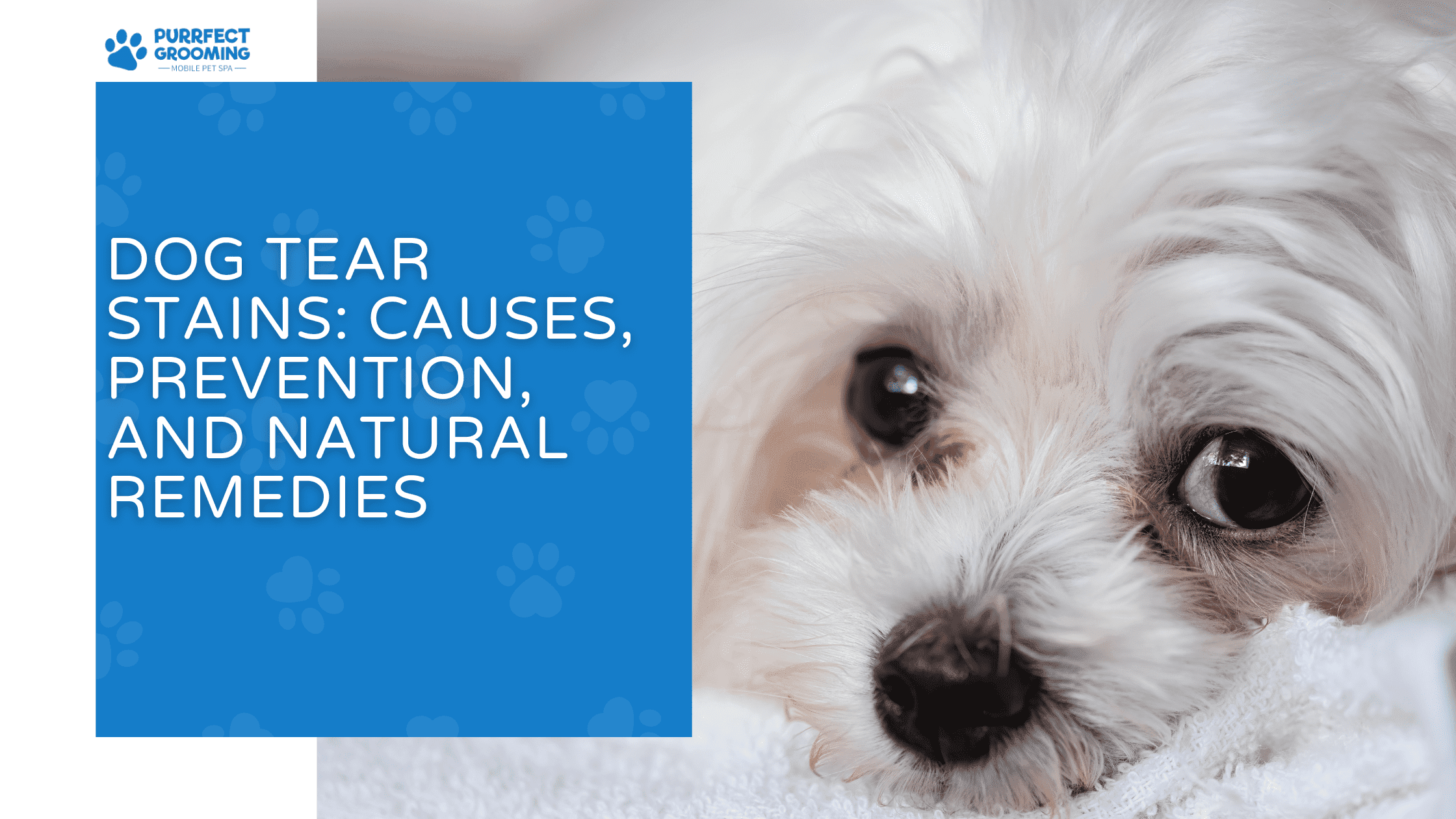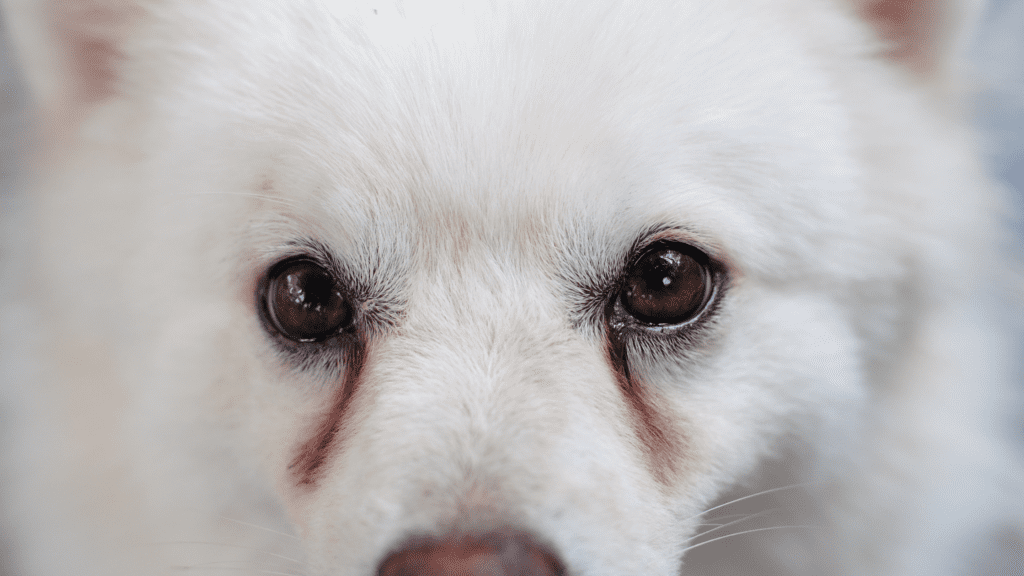Understanding Pet Skin and Coat Health
Our beloved pets bring us immeasurable joy and companionship, making it essential for us to ensure their health and well-being. One often overlooked but critical aspect of their overall health is their skin and coat. A vibrant, shiny coat not only adds to their charm but also serves as a reflection of their internal health. In this in-depth guide, we will delve into the intricacies of understanding and maintaining your pet’s skin and coat health, providing you with the knowledge to keep your furry friend looking and feeling their best.
The Significance of Skin and Coat Health
Why Does It Matter?
Before we dive into the specifics, let’s take a moment to understand why your pet’s skin and coat health matter. It’s not just about aesthetics; it goes much deeper than that. A healthy coat is a significant indicator of your pet’s overall health and serves several vital functions:
1. Protection
Your pet’s skin and coat act as a protective barrier against external elements. Dust, allergens, harmful UV rays, and physical injuries are just a few of the potential threats your pet’s skin and coat help shield them from. Healthy skin is crucial for preventing infections and keeping your pet safe from environmental hazards.
2. Temperature Regulation
The coat plays a crucial role in regulating your pet’s body temperature. It provides insulation, keeping them warm in the winter and helping them stay cool in the summer. This natural thermostat helps ensure your pet’s comfort year-round.
3. Communication
Pets communicate through body language, and their coat can be a powerful means of expression. Changes in their coat, such as standing on end when they’re frightened (known as piloerection), can signal discomfort, stress, or underlying health issues. Paying attention to these cues can help you better understand and care for your pet.
Common Skin and Coat Issues
What to Watch Out For
To ensure your pet’s skin and coat stay in top-notch condition, it’s essential to be aware of common issues that can arise:
1. Allergies
Just like humans, pets can develop allergies to various substances, including food, pollen, or flea bites. Allergic reactions can manifest as itchiness, redness, rashes, or even hair loss. Identifying and addressing the underlying allergen is crucial in alleviating these symptoms.
2. Parasites
Fleas, ticks, and mites are common parasites that can wreak havoc on your pet’s coat and skin. Regular parasite control measures are essential to prevent infestations. Consult your veterinarian for advice on the best prevention methods for your specific pet.
3. Dry Skin
Dry skin can be uncomfortable for your pet and may result in flakiness, itchiness, and even dandruff. Environmental factors, such as low humidity, and an inadequate diet can contribute to dry skin. Providing your pet with a balanced diet and ensuring they have access to fresh water can help maintain skin hydration.
4. Infections
Skin infections can occur due to cuts, scratches, or allergies. Pay close attention to any wounds or changes in your pet’s skin and seek veterinary care if you suspect an infection.
Maintaining Skin and Coat Health
Tips for a Healthy Coat
Now that we’ve highlighted the importance of skin and coat health let’s explore how you can ensure your pet’s coat remains vibrant and beautiful:
1. Balanced Diet
Nutrition plays a significant role in skin and coat health. Ensure your pet’s diet is rich in essential fatty acids, vitamins, and minerals. Omega-3 and Omega-6 fatty acids are particularly beneficial for coat health. Consult your veterinarian for specific dietary recommendations based on your pet’s breed, age, and health condition.
2. Regular Grooming
Regular grooming is not just about aesthetics; it also contributes to your pet’s skin and coat health. Brushing your pet removes loose hair, distributes natural oils, and stimulates blood flow to the skin. The frequency of grooming sessions may vary depending on your pet’s breed and coat type, so consult with a professional groomer or your veterinarian for guidance.
3. Hydration
Adequate water intake is crucial for maintaining hydrated skin and a glossy coat. Ensure your pet always has access to clean, fresh water. Dehydration can lead to dry, flaky skin and a dull coat.
4. Sun Protection
Just like humans, pets can suffer from sunburn. If your pet spends time outdoors, especially in sunny areas, consider using pet-safe sunscreen or providing shade to protect their skin from harmful UV rays.
Home Remedies for Common Issues
Natural Solutions
If your pet does encounter skin and coat problems, there are some home remedies you can try before seeking professional help:
1. Oatmeal Baths
Oatmeal can soothe itchy skin and provide relief to your pet. Prepare an oatmeal bath by mixing ground oats with warm water and gently bathing your pet in it.
2. Coconut Oil
Coconut oil is a natural moisturizer and can help alleviate dry skin. Apply a small amount of coconut oil to your pet’s coat, focusing on dry or irritated areas.
3. Regular Checking
Perform regular checks of your pet’s skin and coat. Look for any abnormalities, such as lumps, bumps, or changes in color or texture. Early detection of issues can lead to prompt treatment and better outcomes.
Conclusion
In conclusion, your pet’s skin and coat health are integral to their overall well-being. By understanding the significance of a healthy coat, recognizing common issues, and following the maintenance tips provided, you can ensure your furry friend enjoys a long, happy, and comfortable life. Regular veterinary check-ups are also essential to address any underlying health concerns promptly.
FAQs
1. How often should I groom my pet?
The frequency of grooming sessions varies based on your pet’s breed and coat type. Long-haired breeds may require more frequent grooming than short-haired ones. Consult your veterinarian or a professional groomer for specific recommendations.
2. Can I use human shampoo on my pet?
No, it’s not advisable to use human shampoo on your pet. Human shampoos may contain ingredients that can be harmful to pets and may disrupt the natural balance of their skin and coat. Use a pet-specific shampoo recommended by your veterinarian.
3. What should I do if my pet has persistent skin issues?
If your pet experiences persistent skin issues, such as itching, redness, or hair loss, consult your veterinarian promptly. They can perform a thorough examination, identify the underlying cause, and recommend appropriate treatment.
4. Are there specific dietary supplements for skin and coat health?
Yes, there are dietary supplements available that are formulated to support skin and coat health in pets. However, it’s essential to consult your veterinarian before adding any supplements to your pet’s diet to ensure they are safe and appropriate for your pet’s specific needs.
5. Is it necessary to bathe my pet regularly?
Regular bathing is important for maintaining skin and coat health, but the frequency depends on your pet’s lifestyle and breed. Over-bathing can strip natural oils from the coat, so it’s best to follow a bathing schedule recommended by your veterinarian or groomer.










